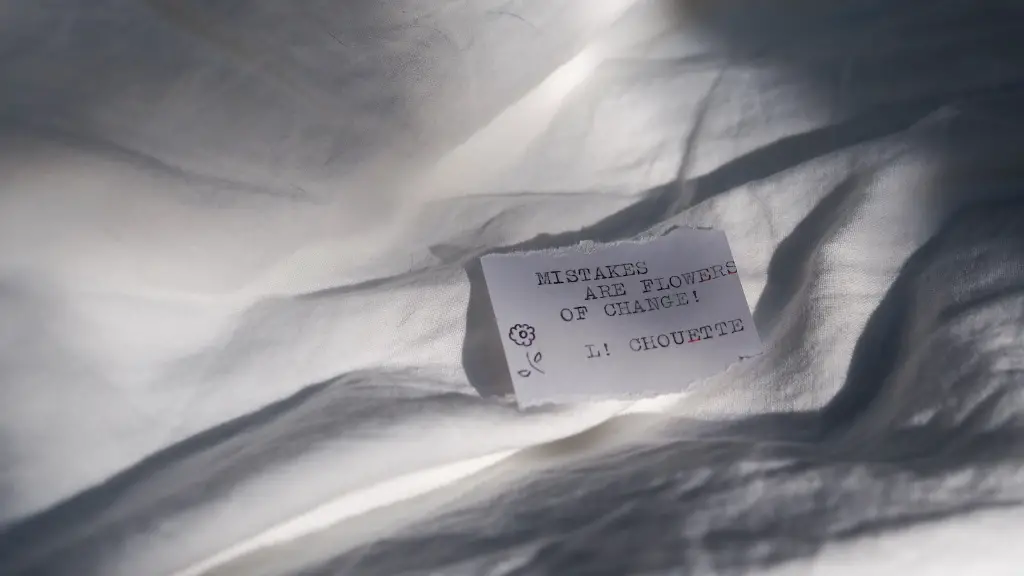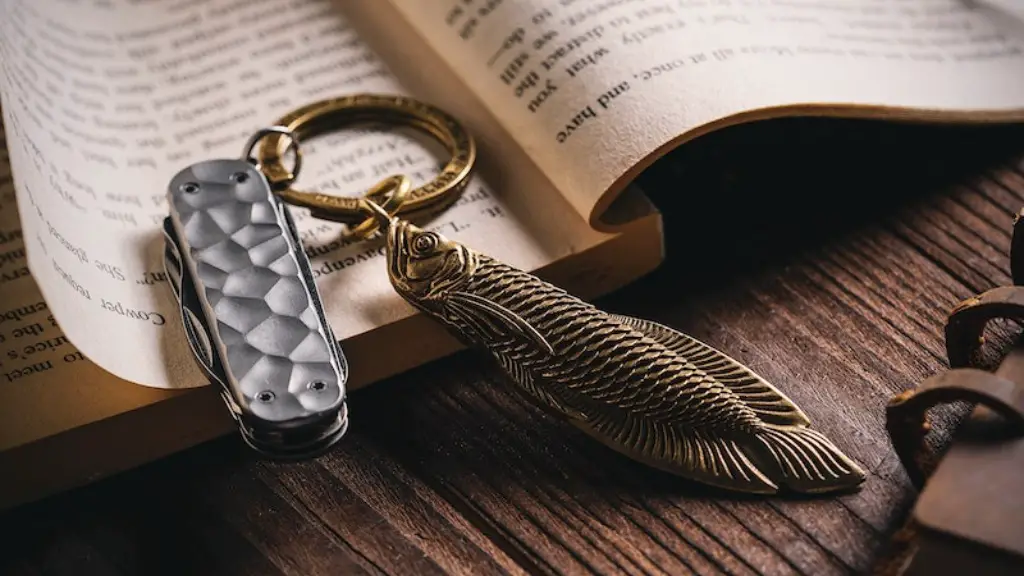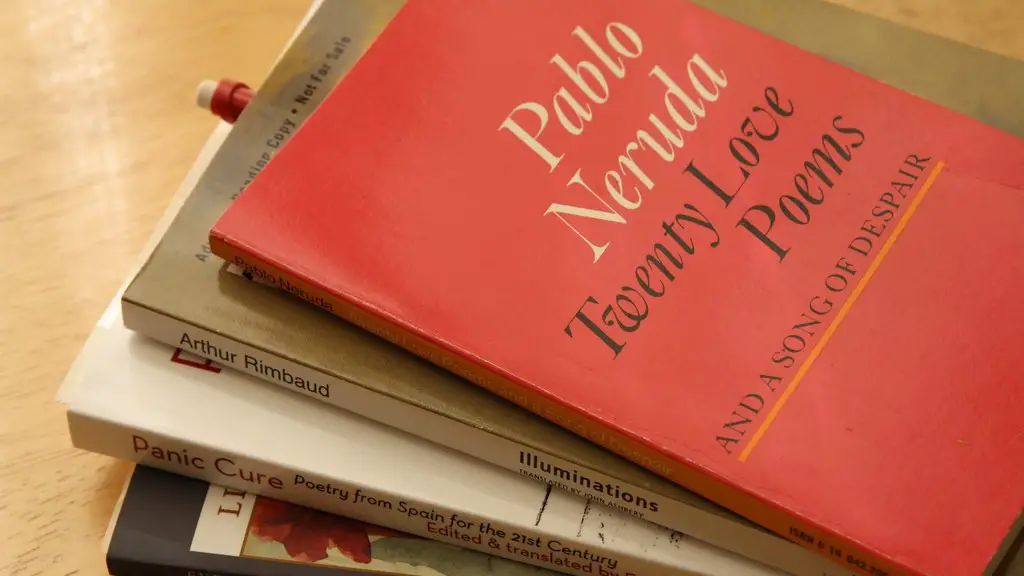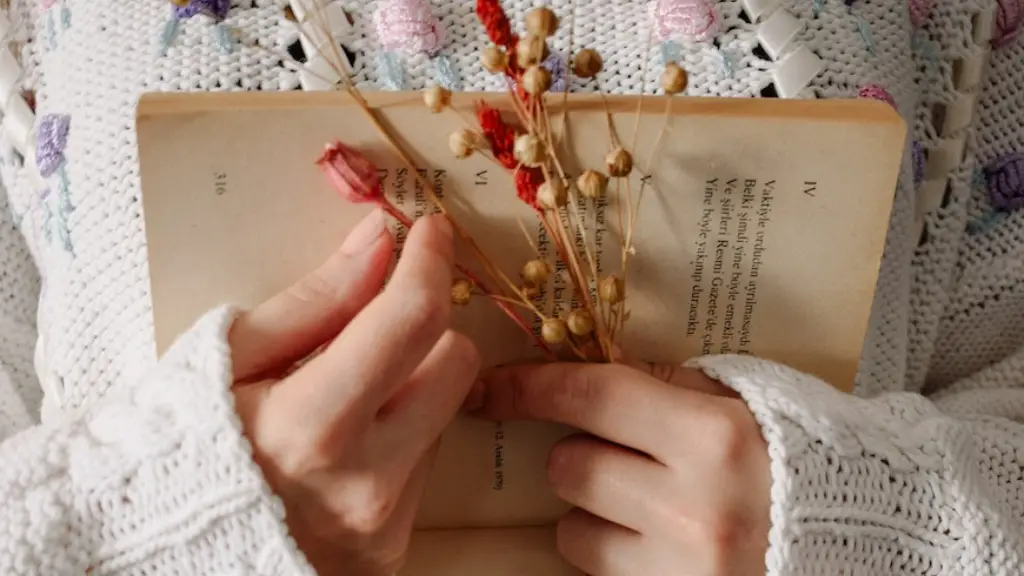How do sound devices advance a poem’s theme?
Sound devices are tools used to convey a message or meaning within the confines of a poem or piece of writing. These devices can create atmosphere, deliver emotion and make the words flow more smoothly. They also have the effect of advancing a poem’s message, making it memorable and creating a lasting impression on the reader.
Sound devices in poetry can be separated into two categories: rhetorical devices and phonological features. Rhetorical devices include repetition, alliteration, onomatopoeia and rhyme scheme. These tools are used to set the tone and mood of the poem. While phonological features include the auditory quality, pitch and volume of the poetry, along with any stress or pauses in the words or lines.
Both of these types of sound devices can lead to the poet’s main message becoming clearer and easier to appreciate. While some poets may use language to make it more abstract and open to interpretation, sound devices in poetry can often give the reader a better idea of the poet’s intended ideas and the overall meaning.
Repetition
Repetition is when a word appears in a poem more than once, either immediately after one another or further down the line. This technique can be used to emphasize a point and it can also create a rhythm.
For example, Robert Frost’s poem, ‘The Road Not Taken’, has the following repeated phrase:
“And that has made all the difference.”
This phrase is used to emphasize the idea of making choices with far-reaching consequences.
And the repetition of words or phrases can also be used to create a bleak atmosphere, or impart the feeling of despair, sadness, hopefulness or joy with the power of repetition.
Alliteration
Alliteration is when multiple words in a row begin with the same sound. This can be used to create a rhythm, but it is also used to bring attention to certain phrases or points – making them more memorable to the reader.
It often has a more lyrical feel to the poem, making it easier to read and giving it more character.
For example, W. H. Auden’s poem, ‘Funeral Blues’, has the following alliteration within the words of the poem:
“Stop all the clocks, cut off the telephone,
Prevent the dog from barking with a juicy bone…”
The repetition of the initial ‘C’ and ‘P’ sounds provide a rhythm and call attention to the words and the current mood.
Onomatopoeia
Onomatopoeia is when a word is used to imitate a certain sound or action. This way, the readers can directly imagine what is being described.
For example, Kevin Mark’s poem, ‘When Tick Ticked on the Clock’, has the following onomatopoeia in the poem:
“Tick went the clock
As deep went the night”
Linking the sound of a ticking clock with ‘deep’ gives the readers a perfect image of a dark and quiet night.
Rhyme Scheme
Rhyme scheme is when multiple words or lines in a poem rhyme with each other. This method creates an even smoother flow and rhythm, and is also used to create an overall atmosphere.
Even though it can be sometimes seen as an old-fashioned way of writing and seen by modern poets as restrictive, it can still be used to great effect in poetry.
William Blake’s poem, ‘The Tiger’, has a complex rhyme scheme, with each verse rhyming every other line, and the last two lines of each verse rhyming with each other.
This repetition imparts a feeling of danger and fear into the poem – giving the readers a unique insight into the poet’s thought process and the environment they are creating.
Pitch and Volume
Pitch and volume can have a big effect on how a poem sounds. Different pitches of sound can convey different meanings, while the volume of the poem can convey atmosphere and emotion.
For example, an exaggerated soft voice can impart a feeling of sorrow or longing. When it is used within a poem, it can slowly build tension and give readers a sense of understanding.
On the contrary, loudness within a poem can imply anger, or convey a feeling of power.
Pauses and Stress
Pauses and stress can also play a big role in how a poem is read. By using punctuation in new and exciting ways, a poet can convey the way the poem should be read, and change the way the readers perceive the words and their meaning.
Strong stresses on words can put emphasis on certain phrases or words, while pauses can be used to separate ideas and give the readers a chance to contemplate what is being said.
How are sound devices used in different types of poetry?
The use of sound devices in poetry can vary greatly depending on the type of genre and style.
For example, in English-language haiku, end-stopped lines are used to control the rhythm of the poem and convey the poet’s emotion.
In acrostic poetry, multiple words that begin with each letter of a keyword make up the poem. This method is used to make a more lyrical sound, while also providing a unique perspective on the keyword used.
Similarly, cinquains are composed of five lines that adhere to a strict syllable structure. This type of poetic form is used to create a more lyrical and creative sound.
The impact of sound devices on poetry
Sound devices can have a big impact on the way a poem is received, whether that’s through a direct effect on the rhythm, or an indirect one through the connotation created by the use of sound devices in the poem.
Poets can use sound devices to create atmosphere and emotion, or to emphasize a particular point or theme.
In the best cases, sound devices can help to make poetry much more memorable and powerful. Many classic poems are made memorable through the use of sound devices – from Swift’s ‘A Modest Proposal’ to Eliot’s ‘The Waste Land’.
How can writers use sound devices effectively?
When using sound devices in poetry, it is always important to remain consistent and focus on the overall meaning. Using sound devices too often, or simply to fill the poem with weak rhymes, can have a detrimental effect.
It’s important to focus on the overall rhythm and keep the emphasis on the message – while also keeping in mind the connotation created by sound devices.
For example, alliteration can create a more memorable phrase, while onomatopoeia can bring a feeling of awe to a poem.
It all depends on how the poet wants to express themselves, and what they want their poem to be saying.
Recent trends in sound devices
In recent years, there has been a shift away from using sound devices in the conventional way.
Rather than using sound devices to create a consistent rhythm and flow, many modern poets are using them to disrupt the flow and create an unpredictable sense of tone.
For example, Sharon Olds’ poem, ‘I Go Back to May 1937’, has a break in the middle, with the rhyming line ending after the eighth line. The ninth sentence then has no rhyme, which reinforces the message of the poem – that no matter how far back one goes, we can never completely understand the people in our past.
Sound devices and free verse
Although sound devices are often essential to most traditional poem forms, they are not always necessary in free verse poetry.
Free verse poets can still choose to craft their poems with specific sound devices, but there is also the option to leave them out and give their words more impact through raw emotion.
Many free verse poets have rejected traditional forms of poetry, including sound devices, but modern free verse poets have found a way to use sound devices successfully, without the restrictions of traditional verse.
For example, Kenneth Goldsmith’s work contains few sound devices. But the few instances he does use, such as in his poem ‘Animals’, are used to great effect.
He uses just one onomatopoeic word near the end of the poem to emphasize his point – that animals are an overlooked part of our lives.
Conclusion
Sound devices are tools that can help poets create an effective and powerful poem. They can be used to create rhythm and atmosphere, as well as help to make the poem easier to read.
Sound devices can also have the effect of conveying the poet’s emotions, while also bringing attention to a certain point or theme within the poem.
At the same time, the use of sound devices can vary depending on the type of poem and the style of writing. It is always important to consider the poem’s message and the overall atmosphere when deciding which sound devices to use.
In the hands of a capable poet, sound devices can be used to great effect and can help create a unique and memorable piece of poetry.



